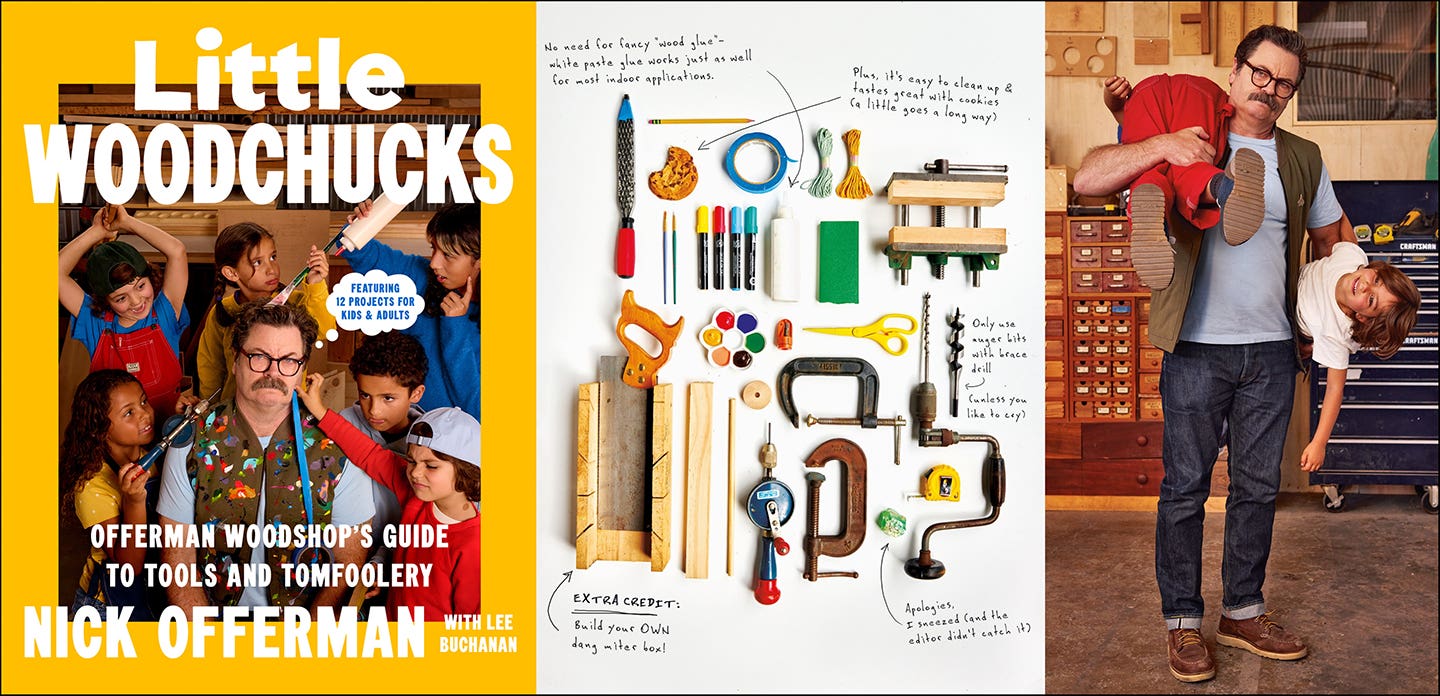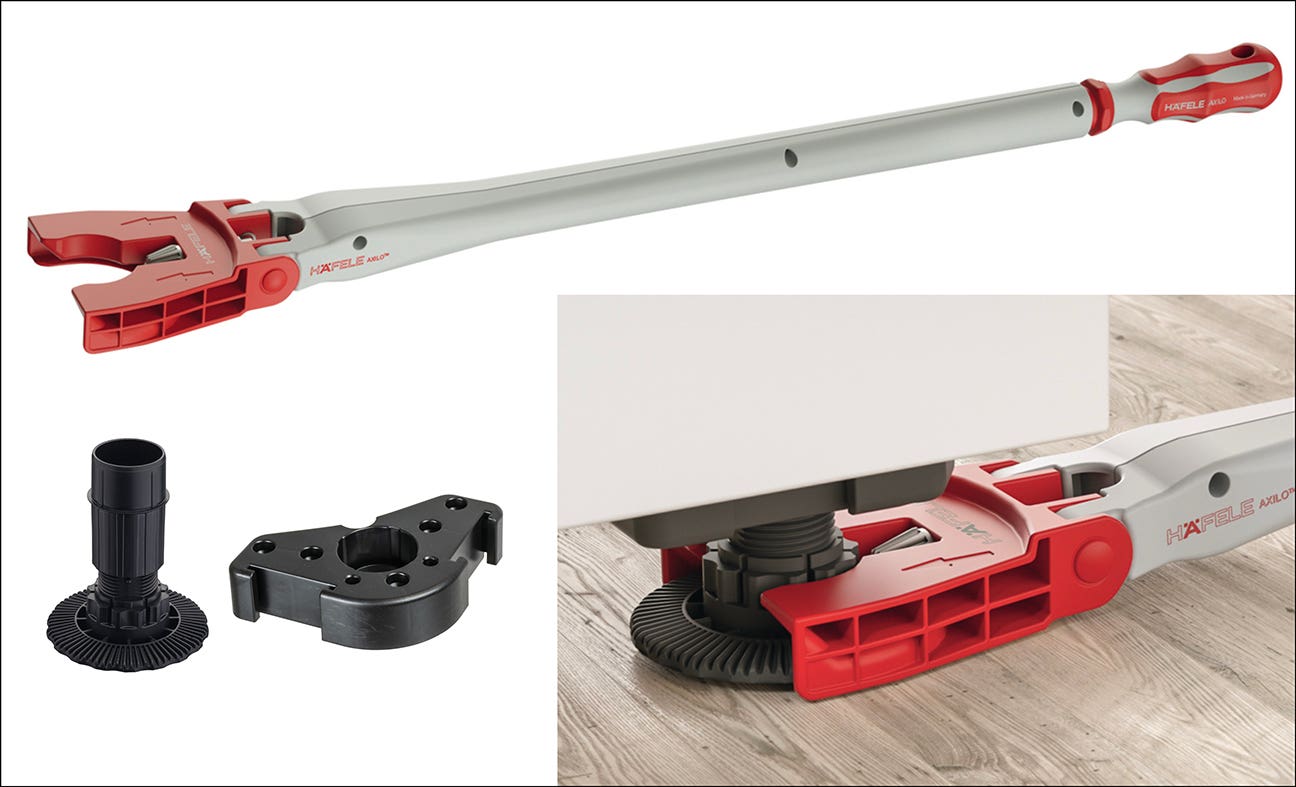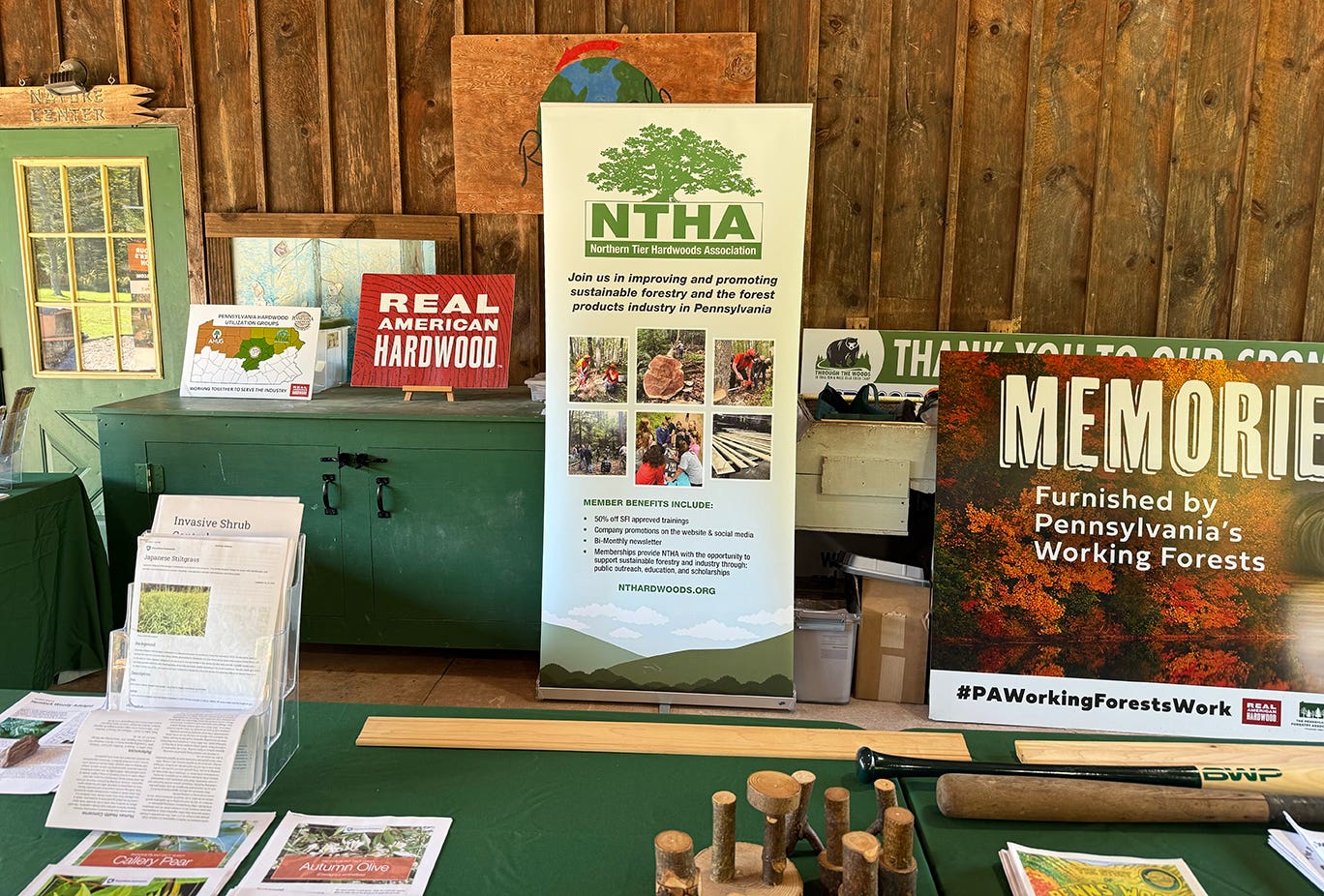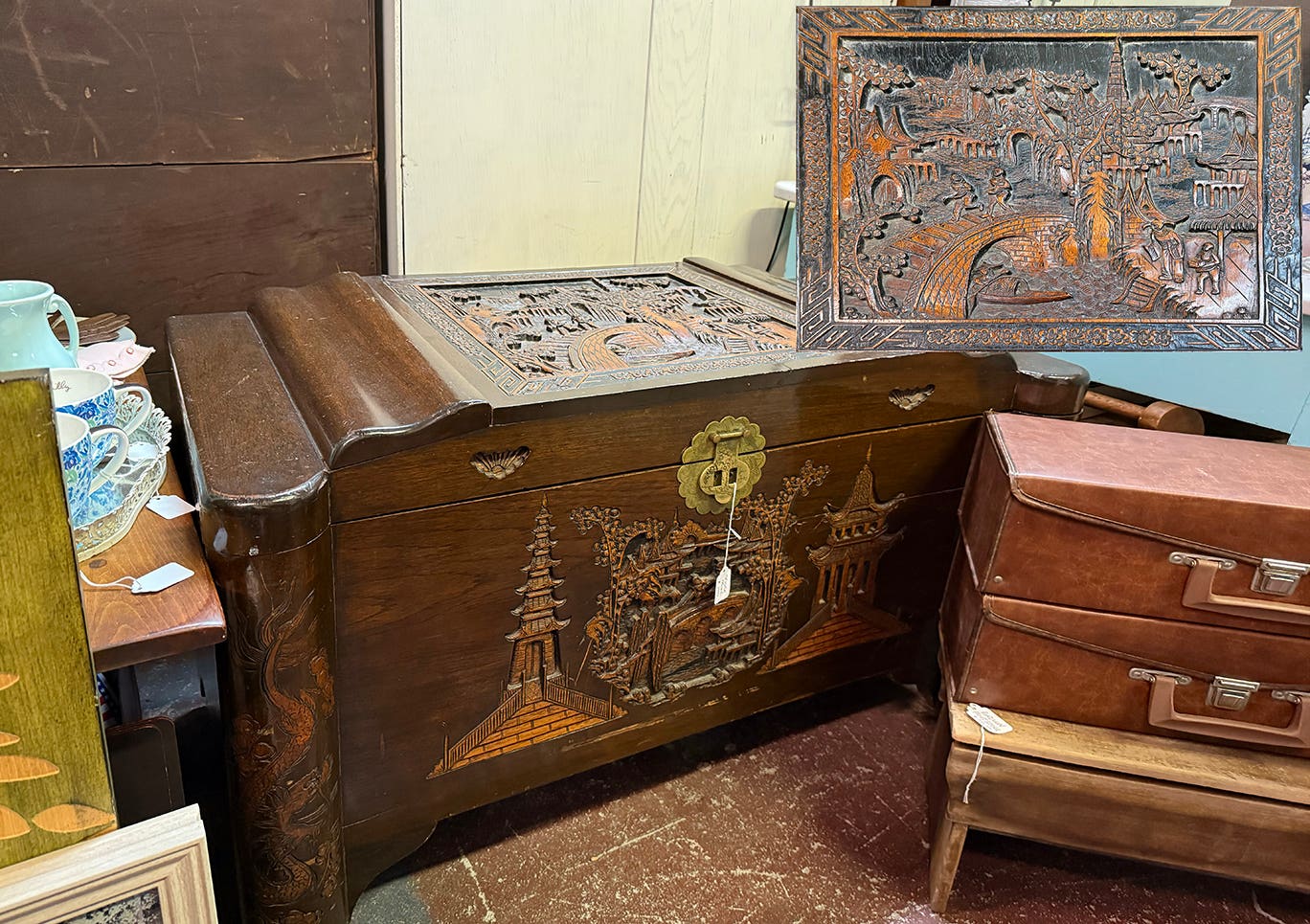Tool gloat
If you frequent the various woodworking forums, you know that one of the more popular pastimes is the practice of posting a tool gloat. A tool gloat can be something…
If you frequent the various woodworking forums, you know that one of the more popular pastimes is the practice of posting a tool gloat. A tool gloat can be something you got a great deal on, or something that you scored because you were in the right place at the right time, or maybe its just something you found in an old barn or attic, and the owner graciously gifted it to you.
The bottom line is that you got a new tool, and as if that wasnt enough reason to crow all by itself, the tool you just got was a deal, a steal, something special, or otherwise unique in some way. Well, I recently got just such a tool.
I think Ive mentioned here that that Im working on a book on Civil War woodworking, and one of the projects I wanted to include was one on making an old fashioned bucksaw. Ive seen a lot of these and could probably have designed one based on old photos, but I checked out eBay and sure enough there were a lot of them for sale. Most were not only similar, but were almost identical; clearly mass-produced and probably from the early 20th century judging from the metal screw-style tightening mechanism on the top, probably 1920-1930 or so. These were all pretty nice and in good shape, and all of them were getting a lot of bids. I steered clear of those. But I found one that no one seemed to be interested in. In fact, even though it had been listed almost a week, it had only one bid so I added it to my watch list and kept an eye on it.
This one didnt look to be in great shape, but it was obviously sound and solid nonetheless. The auction end approached and I was there for it, bidding up to the end and winning it for $23 and change.
When it came, my first reaction upon opening the package was a bit of disappointment it had obviously been a victim of the elements. Rusty blade, cobwebs, even what appeared to be left of vines growing on it; maybe it had hung in a barn. But as I examined it more closely, it became obvious that this bucksaw had been handmade. The mortise and tenon of the center cross brace had been hand-chopped, the slots for the saw blade hand sawn (a bit crooked, in fact), and the metal tightener at the top had obviously been added later. It was clear that it originally had a tightener of the wound-cord type. This bucksaw was clearly from the 19th century.
I couldnt believe my luck. Here I was looking for something that would serve as a general guide for re-creating a 19th-century bucksaw, and I end up with the real McCoy.
Consider this a tool gloat of the first order.
Till next time,
A.J.
A.J. Hamler is the former editor of Woodshop News and Woodcraft Magazine. He's currently a freelance woodworking writer/editor, which is another way of stating self-employed. When he's not writing or in the shop, he enjoys science fiction, gourmet cooking and Civil War reenacting, but not at the same time.







